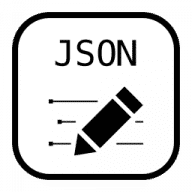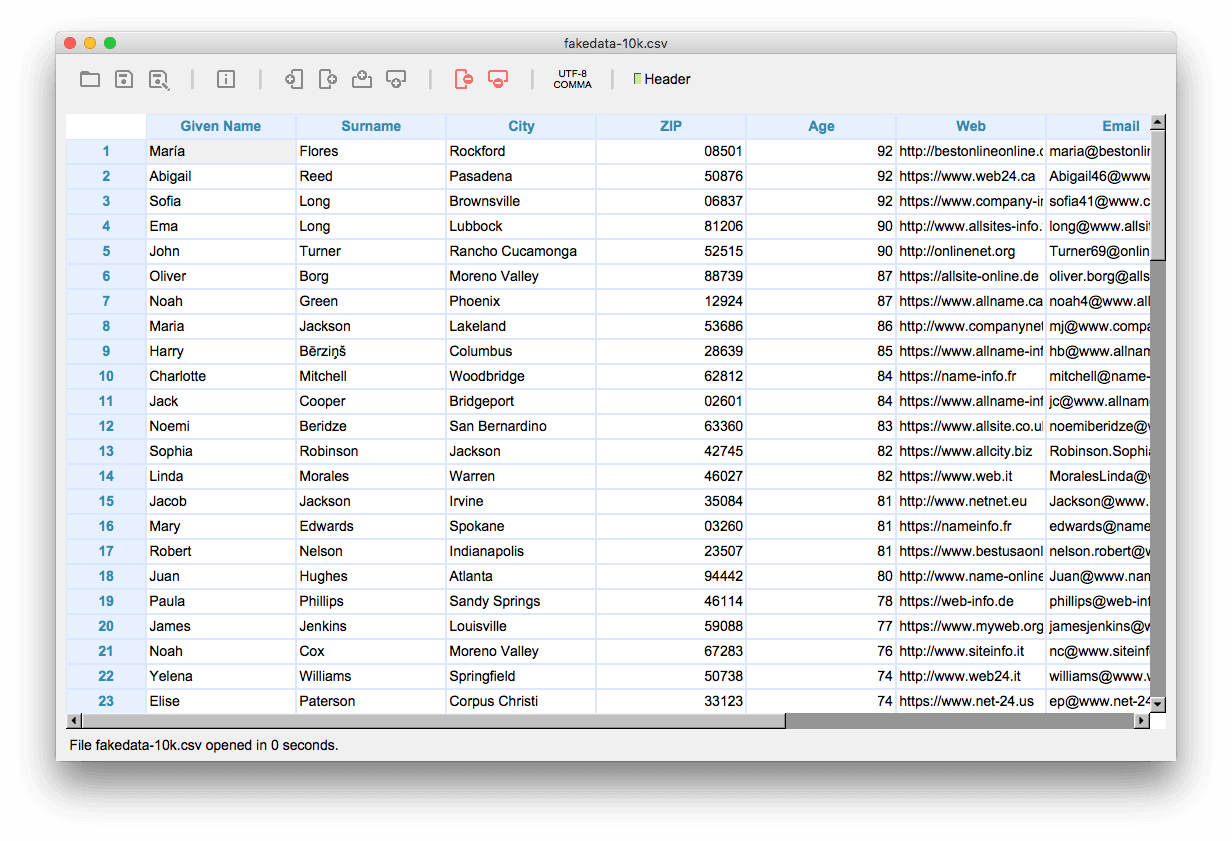Json Editor Mac App
Sep 12, 2016
- Json App Download
- Free Json Editor Online
- Json Editor Mac App Shortcut
- Json Editor Free
- Json Editor Mac Free
- Json File Editor
Working with JSON in Swift If your app communicates with a web application, information returned from the server is often formatted as JSON.You can use the Foundation framework’s JSONSerialization class to convert JSON into Swift data types like Dictionary, Array, String, Number, and Bool. Recommended software programs are sorted by OS platform (Windows, macOS, Linux, iOS, Android etc.) and possible program actions that can be done with the file: like open json file, edit json file, convert json file, view json file, play json file etc. (if exist software for corresponding action in File-Extensions.org's database). Json Editor is a Windows Store app that provides an easy way to open, view, edit and print.json files on all Windows devices! Our goal is to be the best Json viewer and editor App on Windows Store. OS supported include Windows 10 and Windows 8. JSON stands for JavaScript Object Notation. It is a syntax to store and exchange data over the internet. Json Formatter is a windows store app. It can not only open, edit, save, print JSON file but also format JSON string. Auto format the JSON string - Improving the readability of the JSON. Auto validate JSON String. Drag and drop file. Auto display File Lines and columns. The ultimate JSON tool for Mac. Do you simply want to view & edit your JSON files? Do you want to be able to import XML/YAML/PLIST/CSV files? Perhaps you want to be able to export to all those formats as well? With easy visual editing? Or directly with the source code and live syntax checking? Then JSON Wizard is the perfect tool for you. JSON Editor is a must-have editor for JSON data. In a clean, uncluttered and user-friendly interface, it allows you to quickly create, visualize, modify, validate, format and save your JSON documents. Along with the included HTTP Client, is a powerful tool to inspect and debug your API endpoints. KEY FEATURE - JSON EDITOR.
Json App Download
If your app communicates with a web application, information returned from the server is often formatted as JSON. You can use the Foundation framework’s JSONSerialization class to convert JSON into Swift data types like Dictionary, Array, String, Number, and Bool. However, because you can’t be sure of the structure or values of JSON your app receives, it can be challenging to deserialize model objects correctly. This post describes a few approaches you can take when working with JSON in your apps.
Extracting Values from JSON
The JSONSerialization class method jsonObject(with:options:) returns a value of type Any and throws an error if the data couldn’t be parsed.

Although valid JSON may contain only a single value, a response from a web application typically encodes an object or array as the top-level object. You can use optional binding and the as? type cast operator in an if or guard statement to extract a value of known type as a constant. To get a Dictionary value from a JSON object type, conditionally cast it as [String: Any]. To get an Array value from a JSON array type, conditionally cast it as [Any] (or an array with a more specific element type, like [String]). You can extract a dictionary value by key or an array value by index using type cast optional binding with subscript accessors or pattern matching with enumeration.
Swift’s built-in language features make it easy to safely extract and work with JSON data decoded with Foundation APIs — without the need for an external library or framework.
Creating Model Objects from Values Extracted from JSON
Since most Swift apps follow the Model-View-Controller design pattern, it is often useful to convert JSON data to objects that are specific to your app’s domain in a model definition.
For example, when writing an app that provides search results for local restaurants, you might implement a Restaurant model with an initializer that accepts a JSON object and a type method that makes an HTTP request to a server’s /search endpoint and then asynchronously returns an array of Restaurant objects.
Consider the following Restaurant model:
A Restaurant has a name of type String, a location expressed as a coordinate pair, and a Set of meals containing values of a nested Meal enumeration.
Here’s an example of how a single restaurant may be represented in a server response:
Writing an Optional JSON Initializer
To convert from a JSON representation to a Restaurant object, write an initializer that takes an Any argument that extracts and transforms data from the JSON representation into properties.
If your app communicates with one or more web services that do not return a single, consistent representation of a model object, consider implementing several initializers to handle each of the possible representations.
In the example above, each of the values are extracted into constants from the passed JSON dictionary using optional binding and the as? type casting operator. For the name property, the extracted name value is simply assigned as-is. For the coordinate property, the extracted latitude and longitude values are combined into a tuple before assignment. For the meals property, the extracted string values are iterated over to construct a Set of Meal enumeration values.
Writing a JSON Initializer with Error Handling
The previous example implements an optional initializer that returns nil if deserialization fails. Alternatively, you can define a type conforming to the Error protocol and implement an initializer that throws an error of that type whenever deserialization fails.
Here, the Restaurant type declares a nested SerializationError type, which defines enumeration cases with associated values for missing or invalid properties. In the throwing version of the JSON initializers, rather than indicating failure by returning nil, an error is thrown to communicate the specific failure. This version also performs validation of input data to ensure that coordinates represents a valid geographic coordinate pair and that each of the names for meals specified in the JSON correspond to Meal enumeration cases.
Writing a Type Method for Fetching Results
Free Json Editor Online
A web application endpoint often returns multiple resources in a single JSON response. For example, a /search endpoint may return zero or more restaurants that match the requested query parameter and include those representations along with other metadata:
You can create a type method on the Restaurant structure that translates a query method parameter into a corresponding request object and sends the HTTP request to the web service. This code would also be responsible for handling the response, deserializing the JSON data, creating Restaurant objects from each of the extracted dictionaries in the 'results' array, and asynchronously returning them in a completion handler.
Json Editor Mac App Shortcut
A view controller can call this method when the user enters text into a search bar to populate a table view with matching restaurants:
Separating concerns in this way provides a consistent interface for accessing restaurant resources from view controllers, even when the implementation details about the web service change.
Reflecting on Reflection
Json Editor Free

Json Editor Mac Free
Converting between representations of the same data in order to communicate between different systems is a tedious, albeit necessary, task for writing software.
Because the structure of these representations can be quite similar, it may be tempting to create a higher-level abstraction to automatically map between these different representations. For instance, a type might define a mapping between snake_case JSON keys and camelCase property names in order to automatically initialize a model from JSON using the Swift reflection APIs, such as Mirror.

Json File Editor
However, we’ve found that these kinds of abstractions tend not to offer significant benefits over conventional usage of Swift language features, and instead make it more difficult to debug problems or handle edge cases. In the example above, the initializer not only extracts and maps values from JSON, but also initializes complex data types and performs domain-specific input validation. A reflection-based approach would have to go to great lengths in order to accomplish all of these tasks. Keep this in mind when evaluating the available strategies for your own app. The cost of small amounts of duplication may be significantly less than picking the incorrect abstraction.